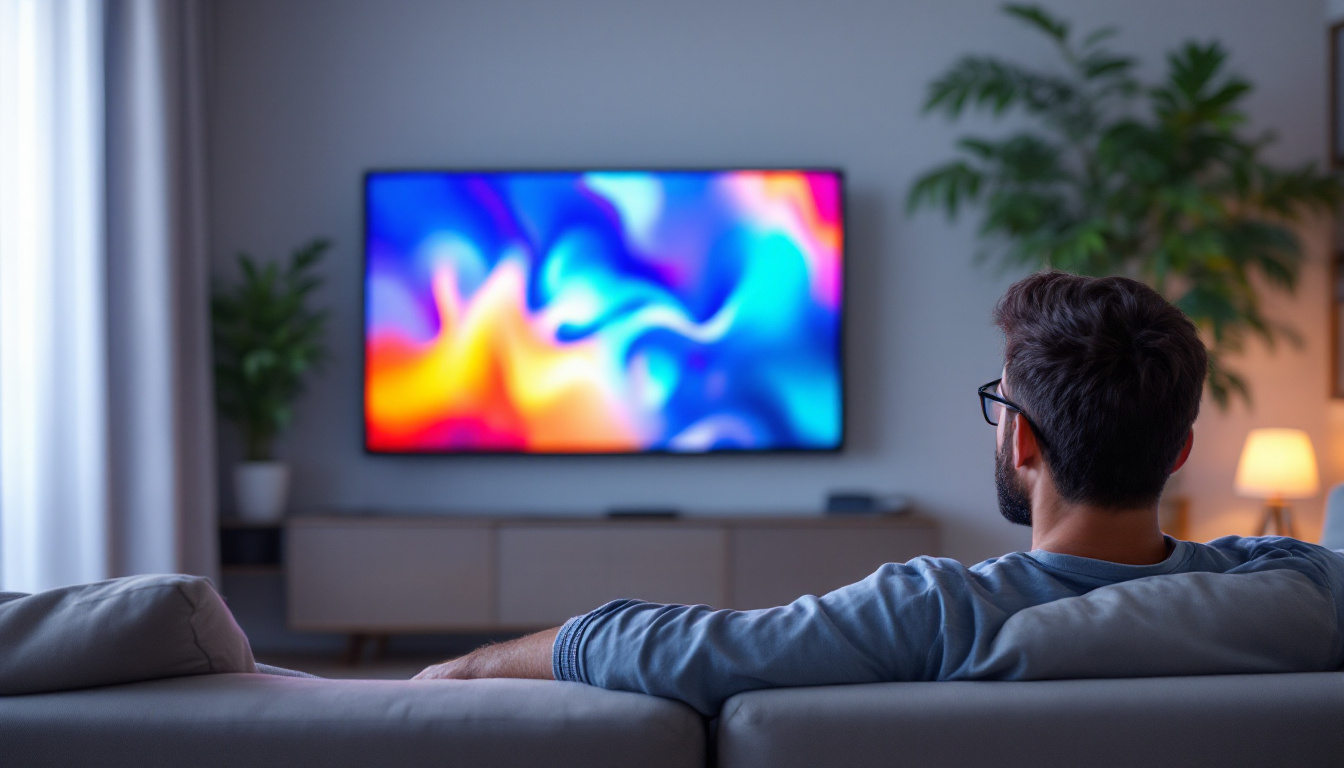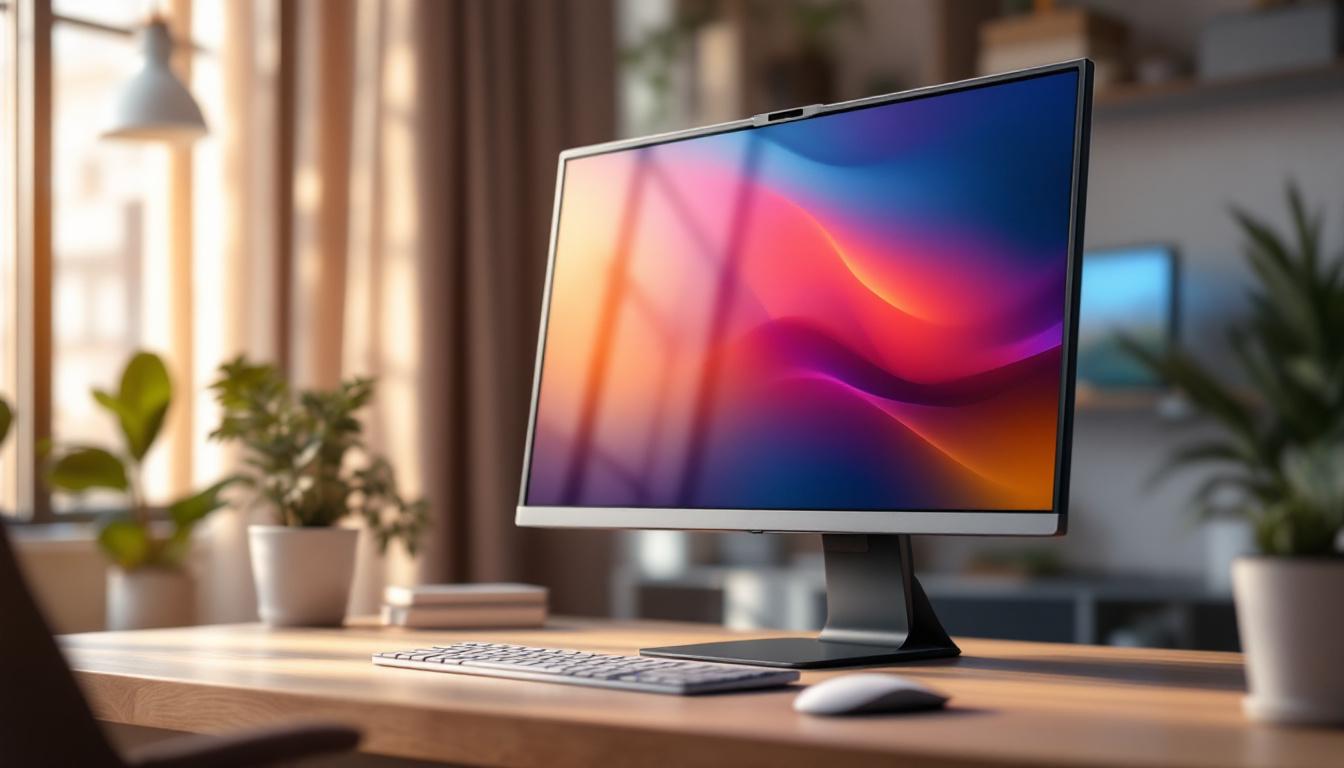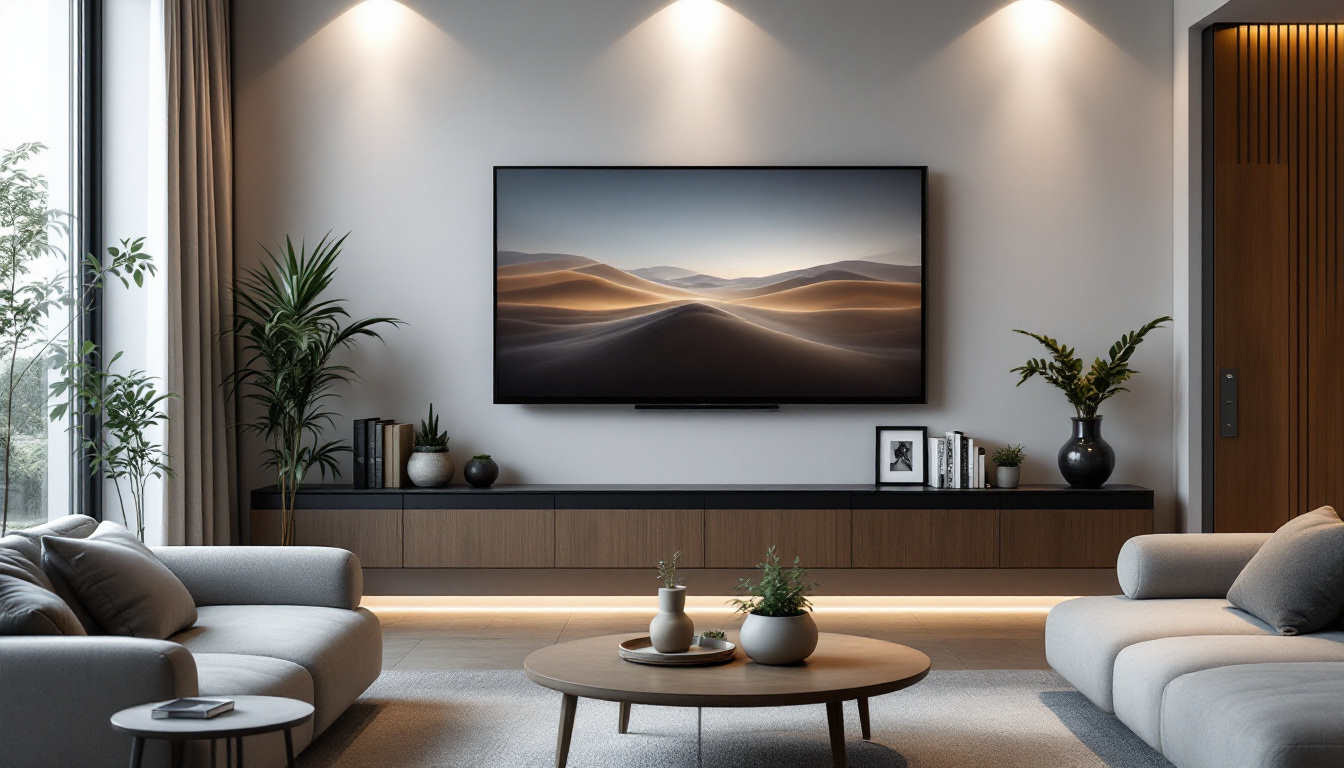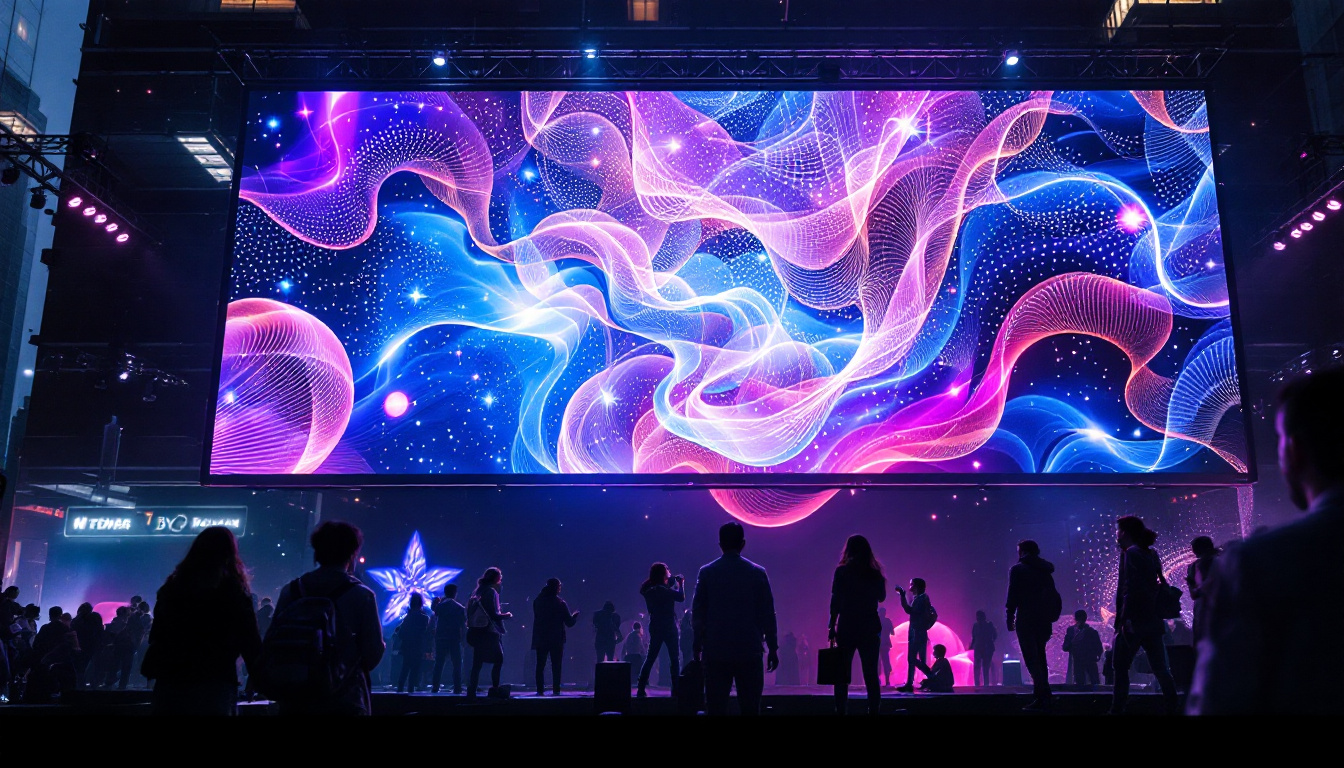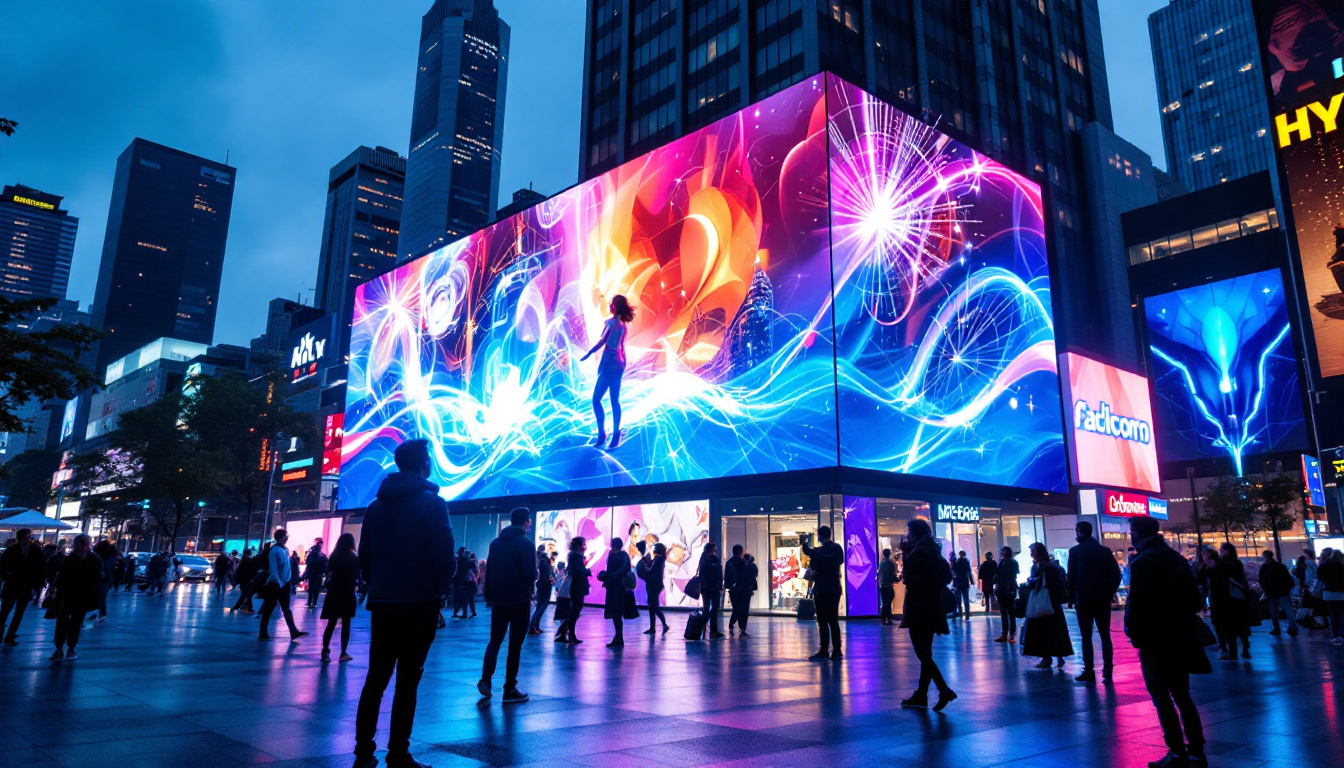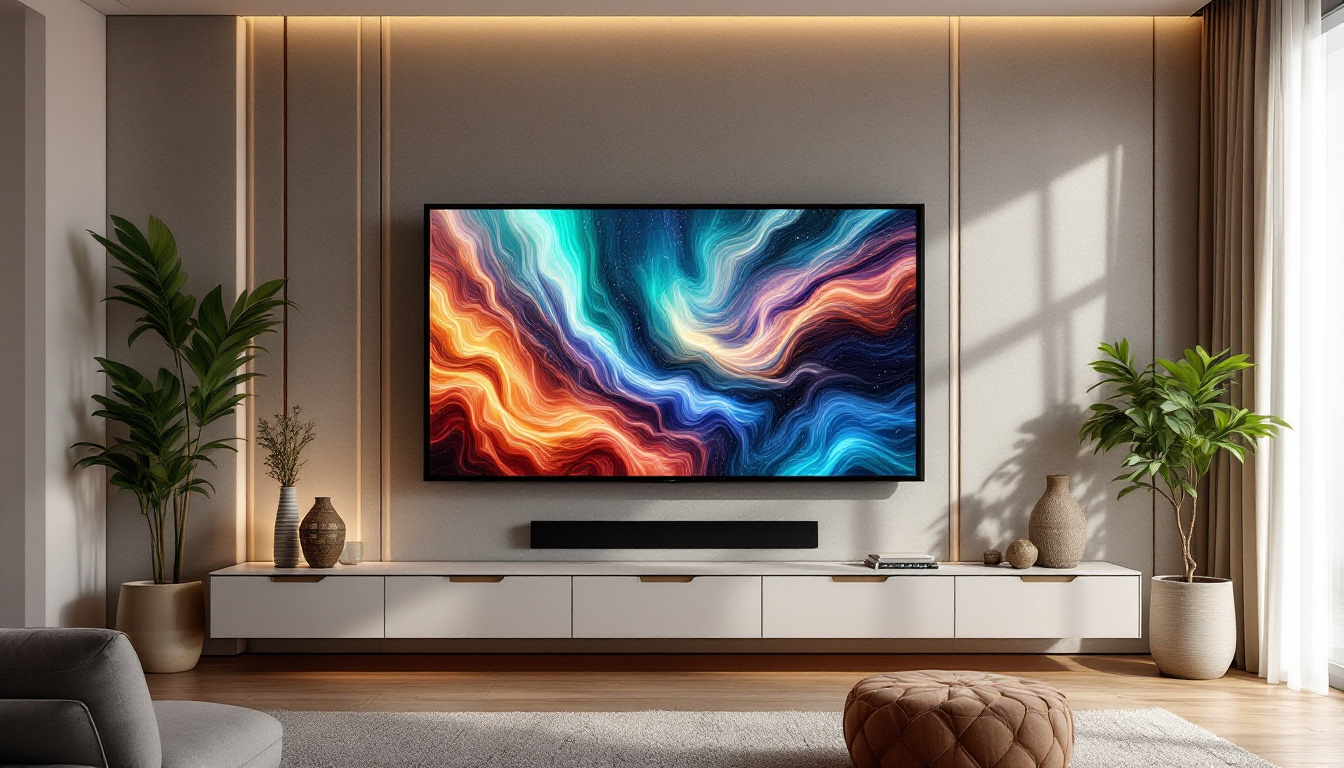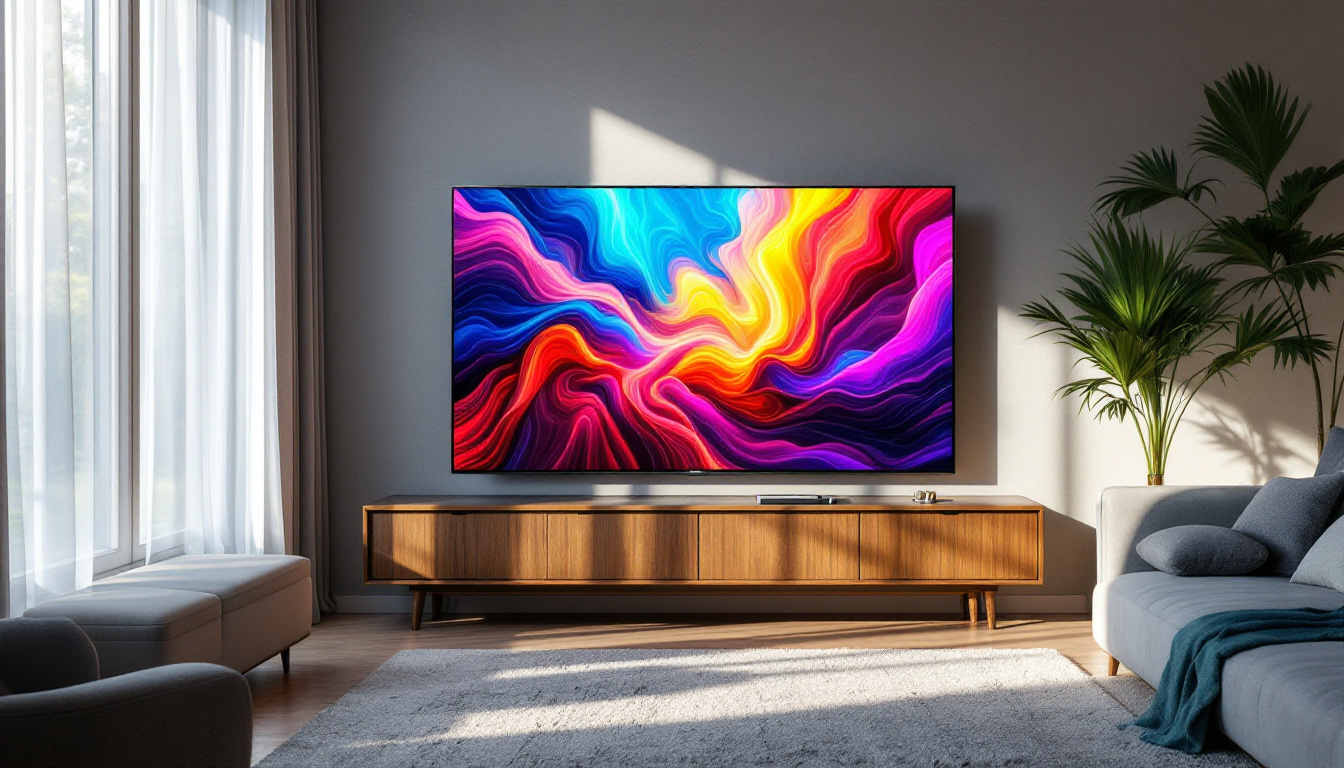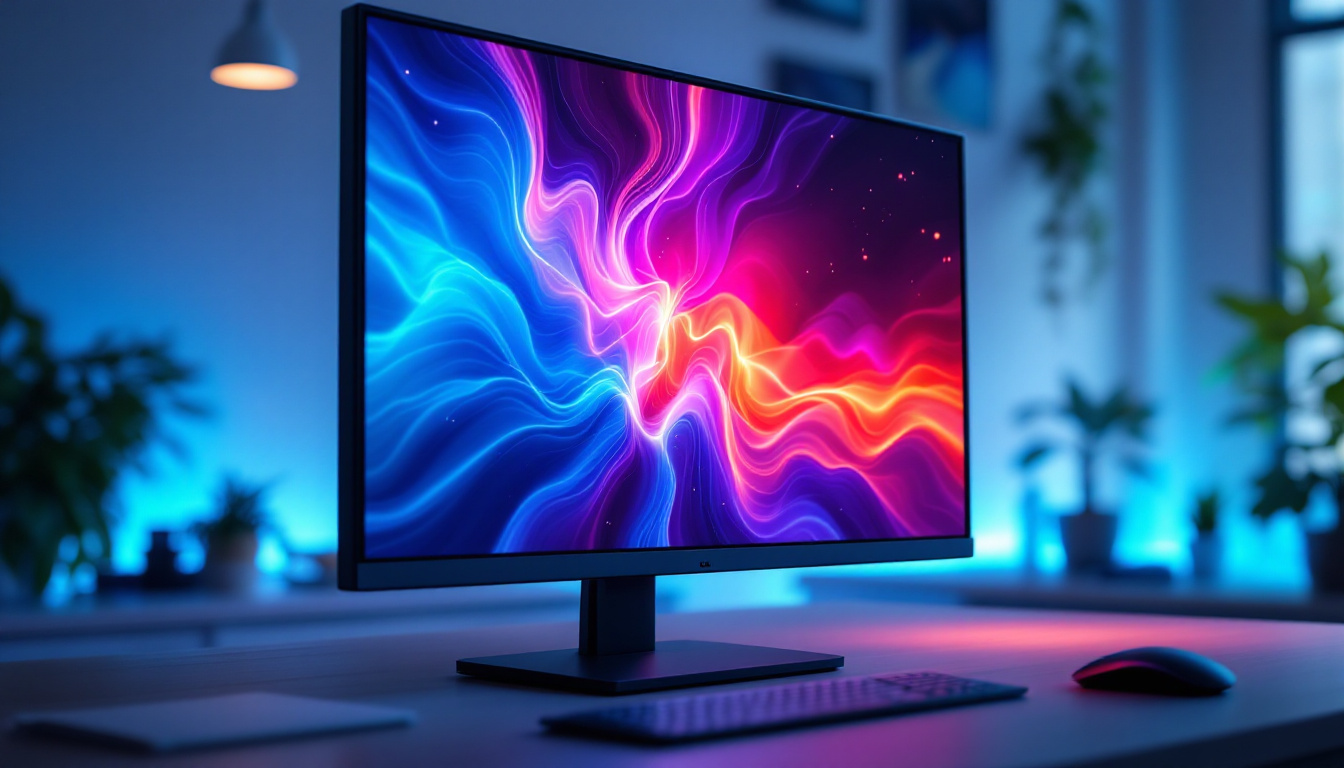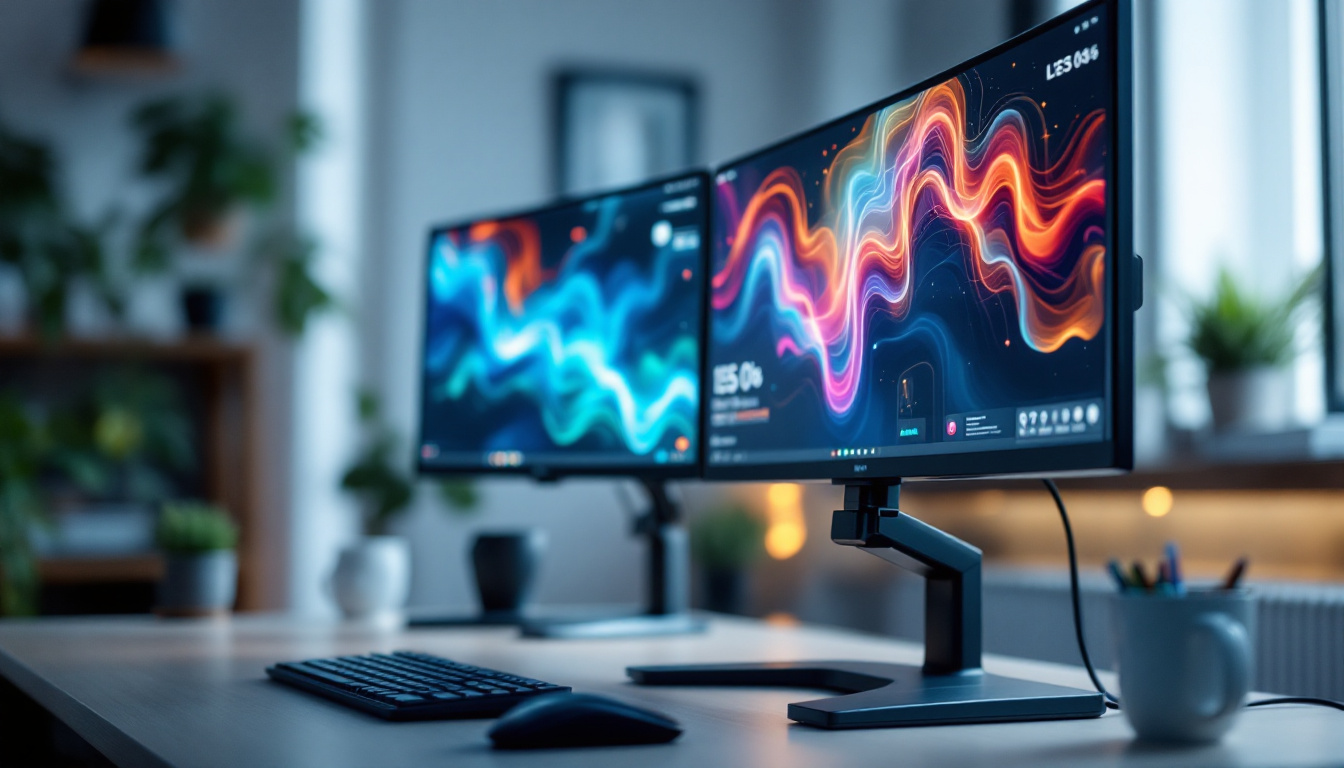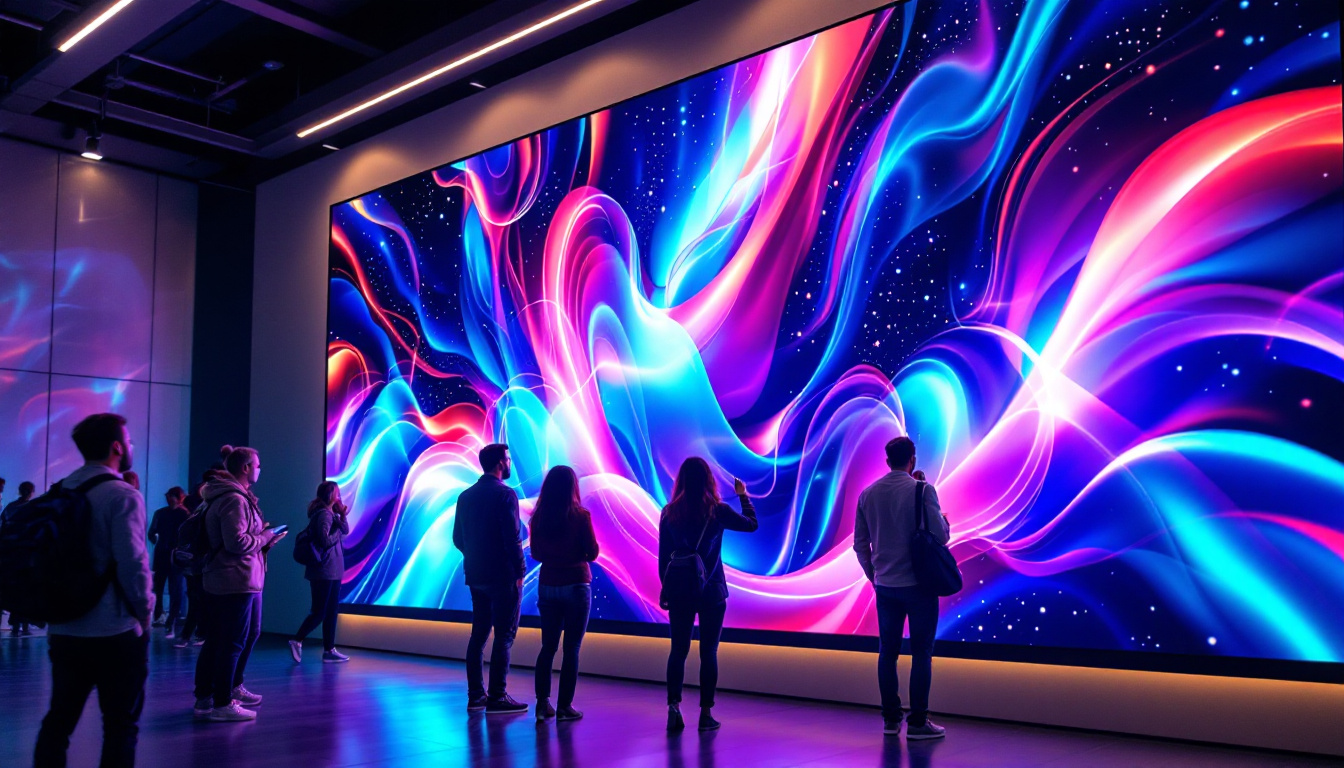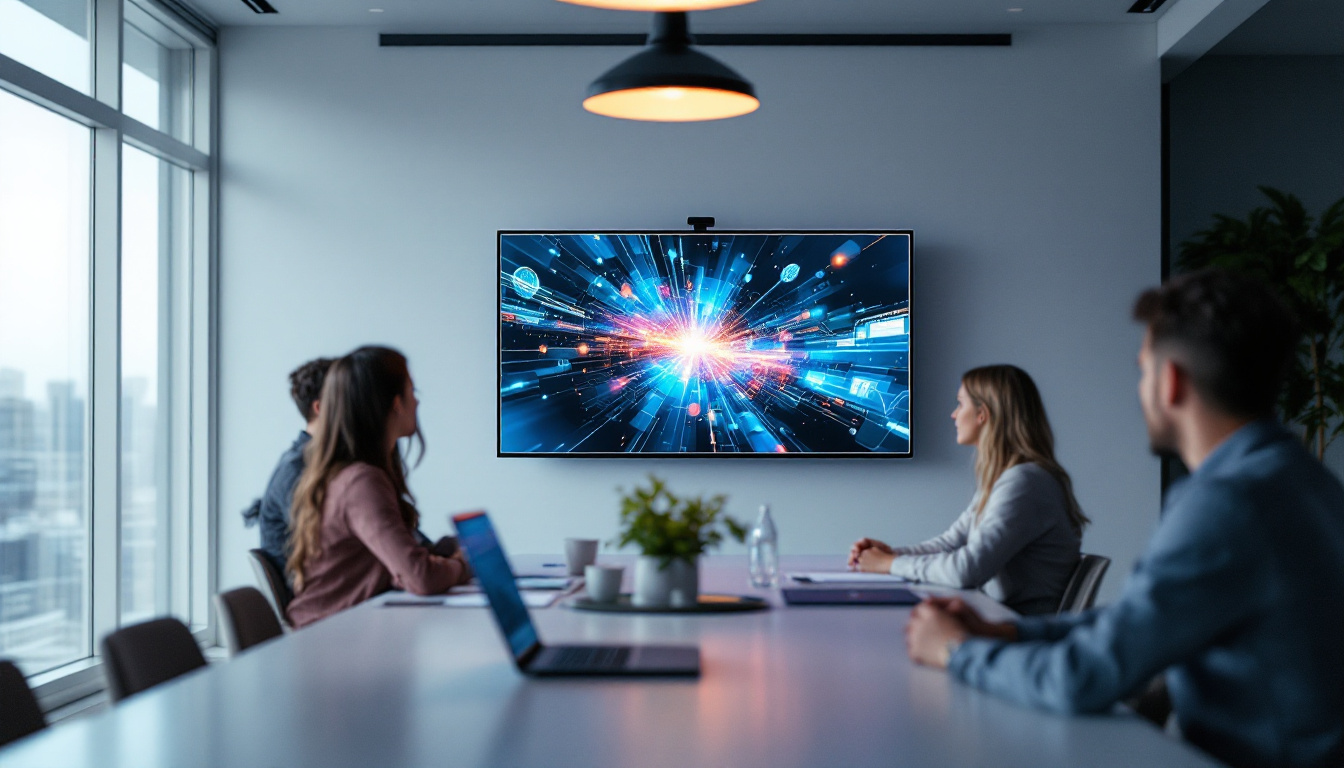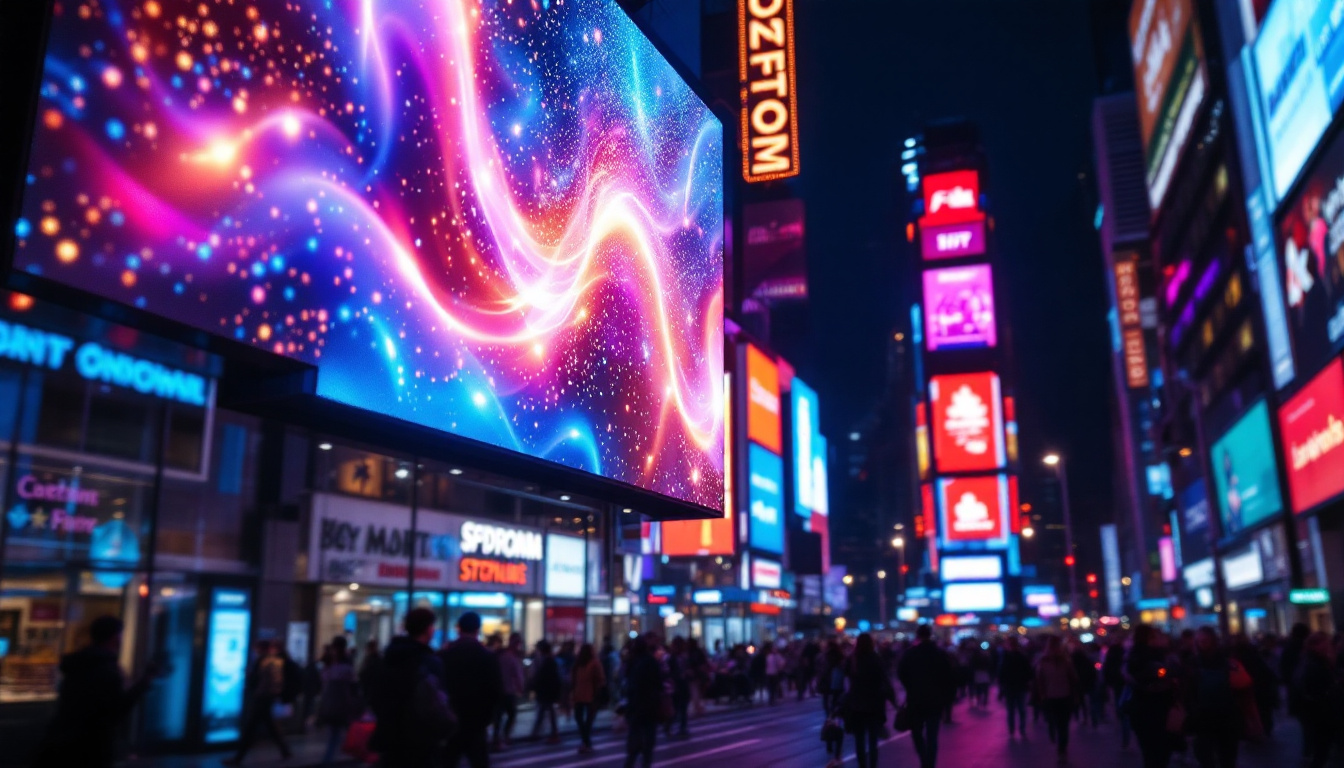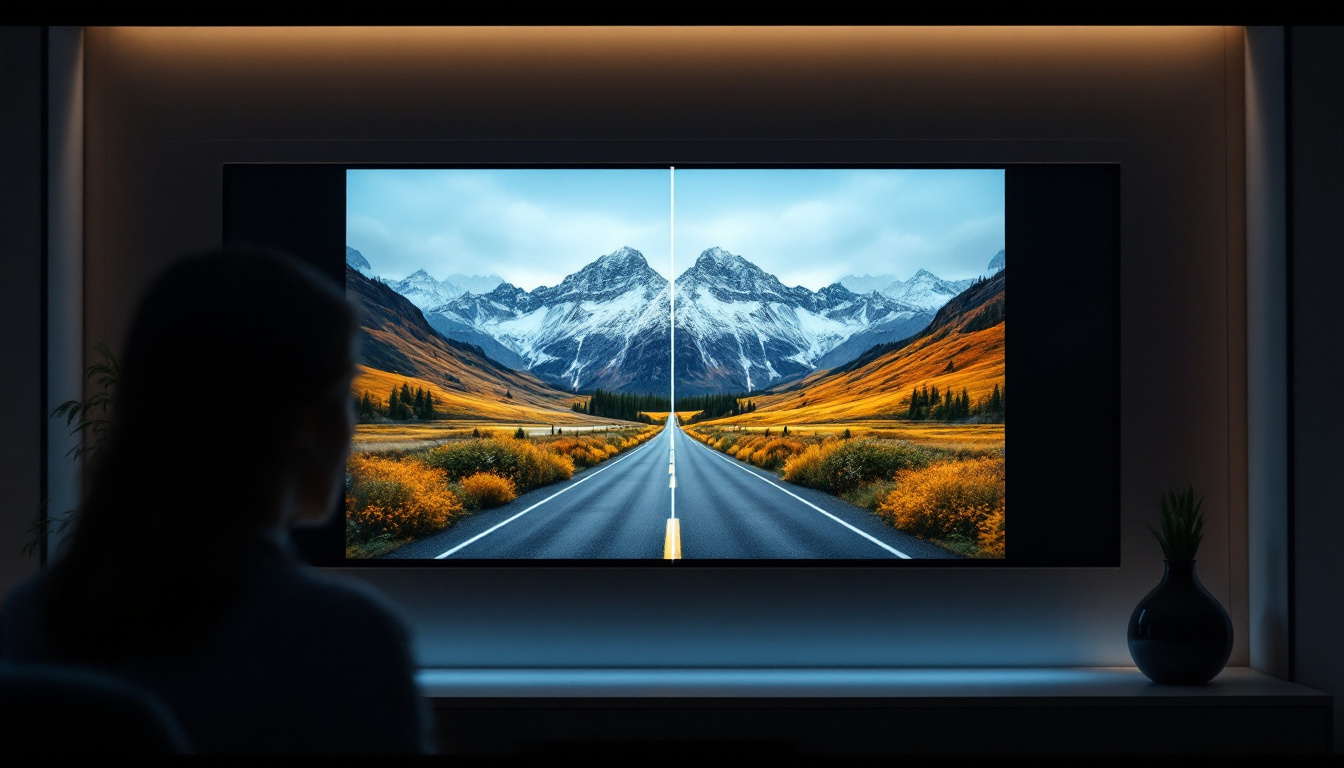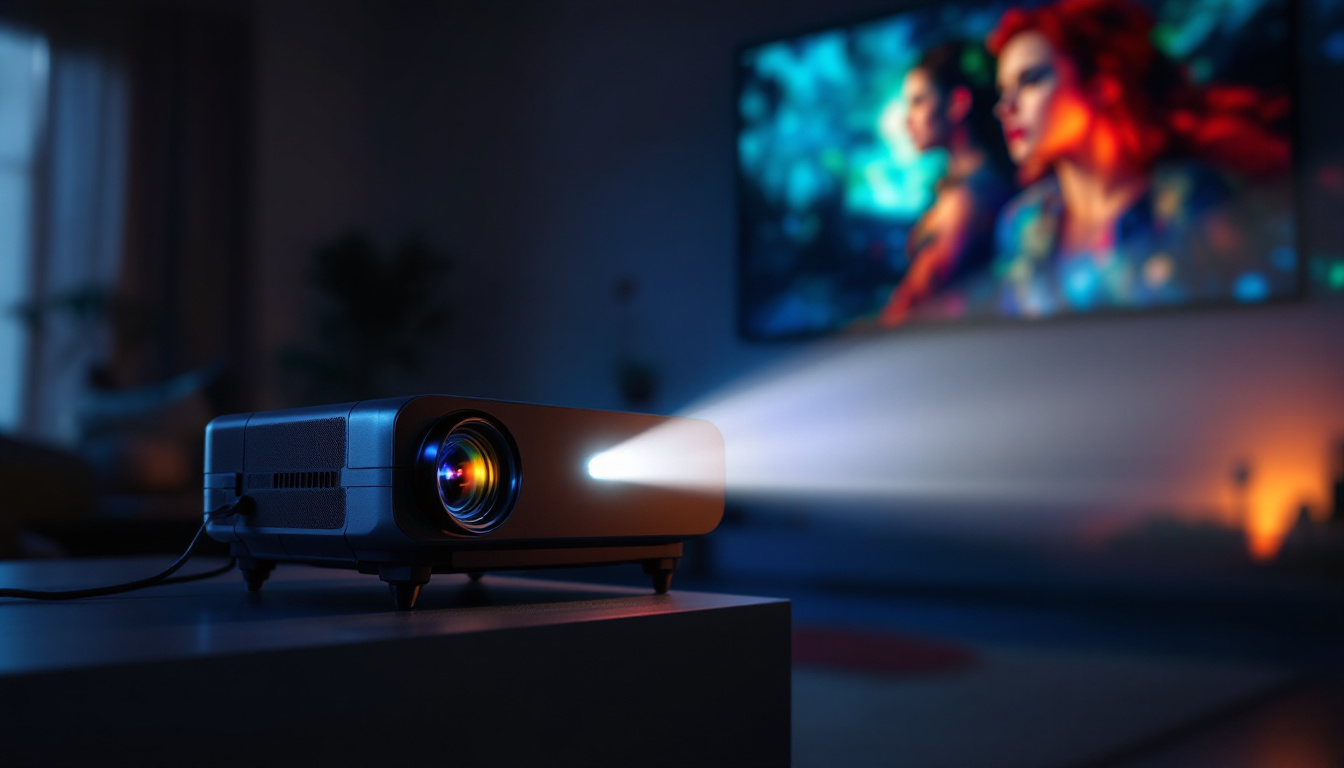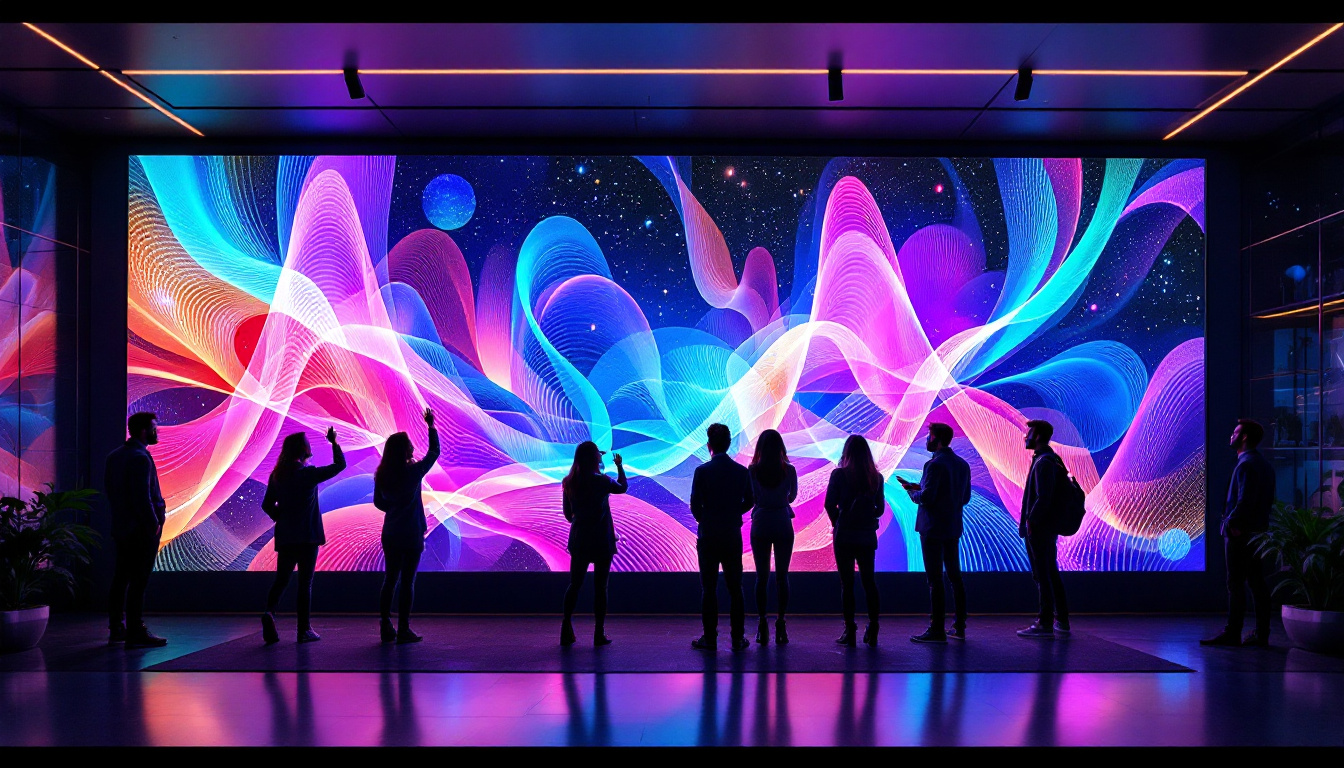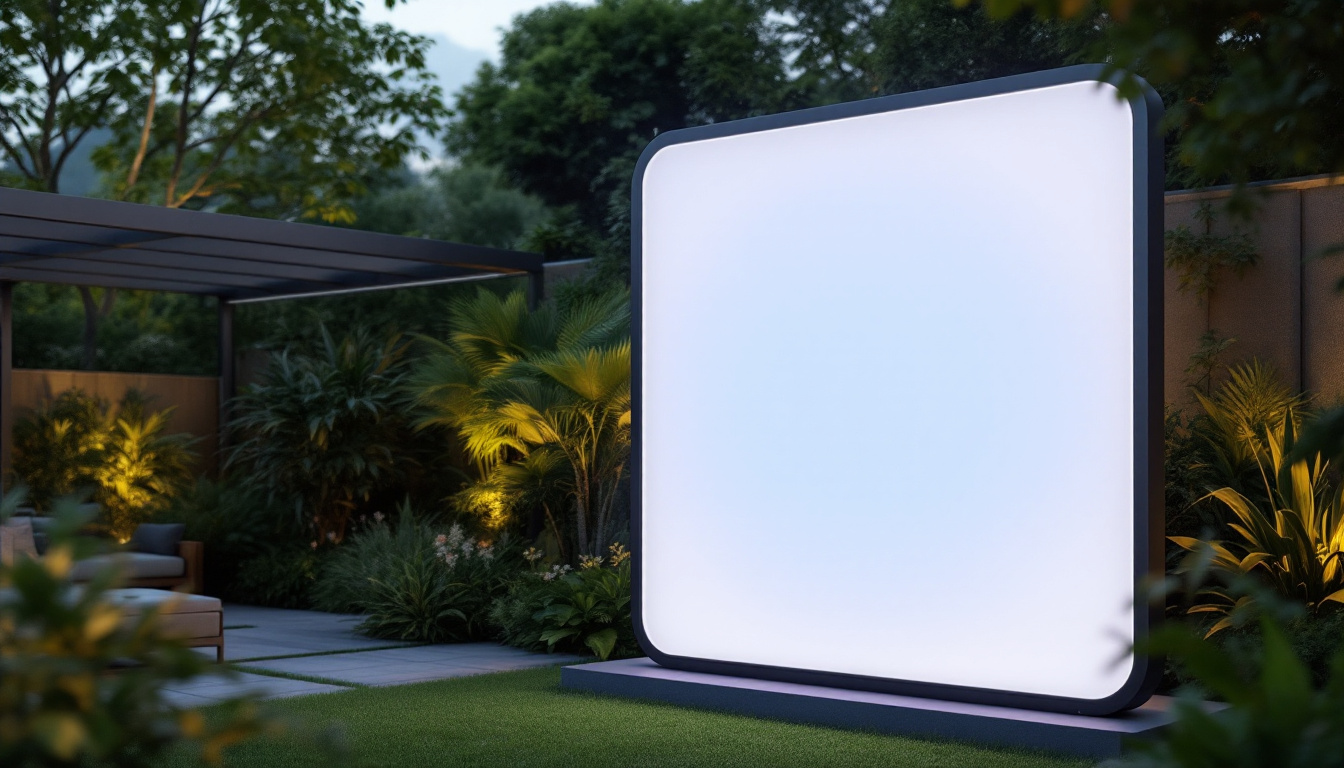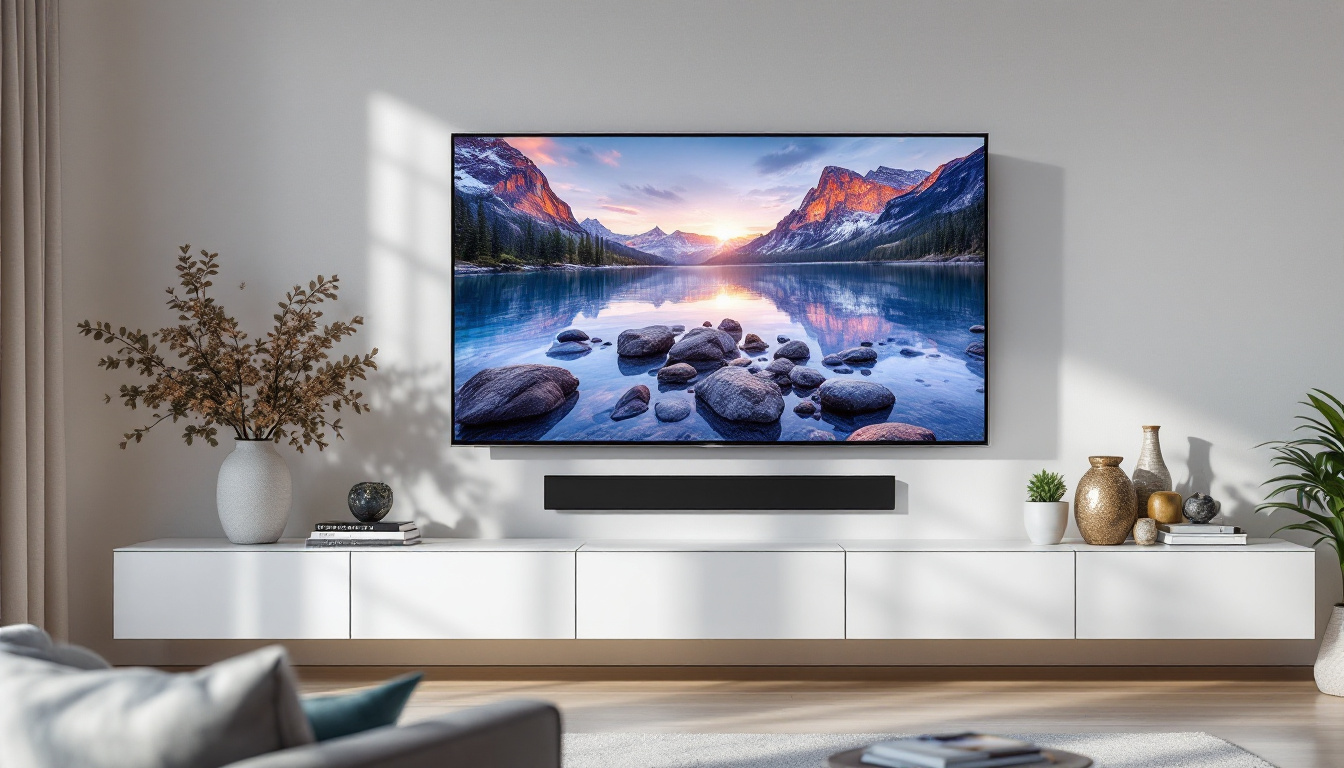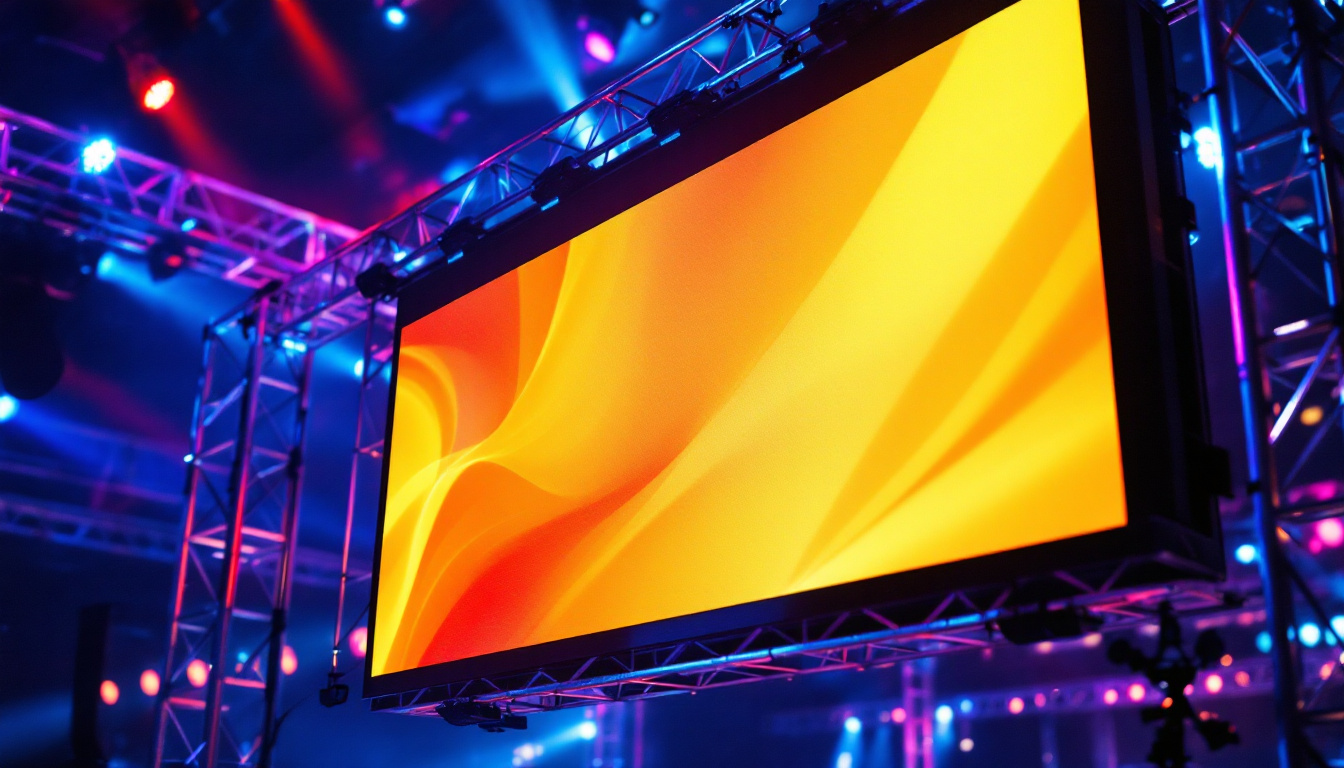Viewing Distance TV Chart: LED Display Explained
In the world of home entertainment, understanding the optimal viewing distance for your television can greatly enhance your viewing experience. With the rise of LED displays, it becomes essential to grasp how different screen sizes and resolutions affect the recommended distance from which to watch. This article delves into the intricacies of viewing distances for LED TVs, providing a comprehensive guide and chart to help consumers make informed decisions.
Understanding Viewing Distance
Viewing distance refers to the optimal distance from which a viewer should sit in relation to their television screen. This distance is crucial for ensuring that the viewer enjoys the best picture quality without straining their eyes. Factors such as screen size, resolution, and the viewer’s personal preferences all play significant roles in determining this distance.
The Importance of Viewing Distance
Maintaining the correct viewing distance is essential for several reasons. Firstly, sitting too close to the screen can lead to eye strain and discomfort, as the viewer may have to move their eyes excessively to take in the entire image. Conversely, sitting too far away can diminish the impact of high-definition content, resulting in a less immersive experience.
Moreover, the viewing distance affects how well the viewer can appreciate the details and colors of the display. For LED TVs, which are known for their vibrant colors and sharp images, sitting at the appropriate distance ensures that these features are fully realized. This is particularly important when watching movies or sports, where the clarity of fast-moving images can significantly enhance the viewing experience.
Factors Influencing Viewing Distance
Several factors can influence the ideal viewing distance for a television. These include:
- Screen Size: Larger screens generally require a greater distance for optimal viewing.
- Resolution: Higher resolutions, such as 4K, allow viewers to sit closer without noticing pixelation.
- Room Layout: The physical space available in a room can also dictate how far a viewer can sit from the TV.
In addition to these factors, the type of content being viewed can also play a role in determining the best viewing distance. For instance, when watching a documentary filled with intricate details or a nature film showcasing stunning visuals, viewers may prefer to sit closer to fully immerse themselves in the experience. On the other hand, when enjoying a talk show or a news program, a slightly greater distance might be more comfortable, allowing for a broader view of the screen without the need for excessive eye movement.
Furthermore, personal preferences and individual visual acuity can greatly influence how far one should sit from the screen. Some viewers may have a preference for a more cinematic experience, which might lead them to choose a closer distance, while others may prioritize comfort and opt for a more relaxed viewing position. It is also worth considering the use of additional equipment, such as sound systems or ambient lighting, which can enhance the overall viewing experience and may affect the perceived optimal distance from the screen.
Viewing Distance Chart for LED TVs
To simplify the process of determining the best viewing distance, a chart can be an invaluable tool. Below is a general guideline that outlines recommended distances based on screen size and resolution.
Recommended Viewing Distances
| Screen Size (inches) | 1080p Resolution (HD) | 4K Resolution (Ultra HD) |
|---|---|---|
| 32″ | 5 – 7 feet | 3 – 4 feet |
| 40″ | 6 – 8 feet | 4 – 5 feet |
| 50″ | 7 – 10 feet | 5 – 7 feet |
| 55″ | 8 – 10 feet | 5 – 7 feet |
| 65″ | 10 – 12 feet | 6 – 8 feet |
| 75″ | 12 – 14 feet | 8 – 10 feet |
This chart serves as a guideline, and individual preferences may vary. It is advisable for viewers to experiment with different distances to find what feels most comfortable for them.
Understanding Screen Resolution
Screen resolution plays a pivotal role in determining how close one can sit to a television without sacrificing picture quality. The two most common resolutions for LED TVs are 1080p (Full HD) and 4K (Ultra HD).
1080p Resolution
1080p resolution, also known as Full HD, has a pixel count of 1920 x 1080. This resolution provides a clear and detailed picture, making it suitable for most viewing distances. However, as the screen size increases, the viewer may need to sit farther away to avoid noticing individual pixels.
4K Resolution
4K resolution, with a pixel count of 3840 x 2160, offers four times the detail of 1080p. This enhanced clarity allows viewers to sit closer to the screen without experiencing pixelation. For those who enjoy immersive viewing experiences, 4K TVs are an excellent choice, especially for larger screens.
Choosing the Right TV Size
Selecting the appropriate TV size is crucial for achieving an optimal viewing experience. While larger screens can provide a more immersive experience, they also require careful consideration of the viewing distance.
Assessing Room Size
The size of the room where the TV will be placed significantly impacts the choice of screen size. A larger room can accommodate a bigger TV, allowing for a more immersive experience. However, in smaller spaces, a smaller screen may be more appropriate to ensure that viewers can comfortably enjoy the content without straining their eyes.
Personal Preferences
Personal preferences also play a vital role in determining the ideal TV size. Some viewers may prefer the cinematic experience of a larger screen, while others may find a smaller screen more comfortable for everyday viewing. It is essential to consider how the TV will be used, whether for watching movies, playing video games, or casual viewing.
Common Misconceptions About Viewing Distance
There are several misconceptions surrounding viewing distance that can lead to confusion among consumers. Understanding these myths can help viewers make better decisions regarding their home entertainment setup.
Myth 1: Bigger is Always Better
While larger screens can enhance the viewing experience, they are not always the best choice for every room. If the viewing distance is not adequate for a larger screen, viewers may find themselves overwhelmed by the size, leading to discomfort and eye strain.
Myth 2: 4K TVs Require More Distance
Another common misconception is that 4K TVs require viewers to sit farther away than 1080p TVs. In reality, 4K resolution allows for closer viewing distances due to its higher pixel density. This means that viewers can sit closer to the screen without sacrificing picture quality.
Tips for Optimizing Your Viewing Experience
To maximize the enjoyment of your LED TV, consider the following tips:
1. Adjust Lighting Conditions
Lighting plays a significant role in how images are perceived on a television screen. Ideally, the viewing area should be dimly lit to reduce glare and reflections on the screen. Consider using curtains or blinds to control natural light, and invest in ambient lighting to create a comfortable viewing environment.
2. Position the TV at Eye Level
For the best viewing experience, the center of the TV screen should be at eye level when seated. This positioning minimizes neck strain and allows for a more comfortable viewing angle. Wall mounting the TV or using an adjustable stand can help achieve this ideal height.
3. Use High-Quality Cables
Using high-quality HDMI cables can significantly impact the picture and sound quality of your LED TV. Ensure that the cables are compatible with the TV’s specifications and are capable of transmitting high-definition signals without degradation.
Conclusion
Understanding the optimal viewing distance for LED TVs is essential for creating an enjoyable home entertainment experience. By considering factors such as screen size, resolution, and room layout, viewers can make informed decisions that enhance their viewing pleasure. Utilizing the provided viewing distance chart can serve as a helpful guideline, while addressing common misconceptions can further clarify the best practices for TV viewing.
Ultimately, the goal is to create a comfortable and immersive environment that allows viewers to fully appreciate the stunning visuals that LED displays offer. With the right setup, watching movies, playing games, or enjoying television shows can transform into an unforgettable experience.
Discover the Perfect LED Display with LumenMatrix
Ready to elevate your viewing experience with the perfect LED display? LumenMatrix is at the forefront of LED display technology, offering a wide range of solutions tailored to your needs. Whether you’re looking for an immersive Indoor LED Wall Display, a vibrant Outdoor LED Wall Display, or any of our innovative products like Vehicle LED Displays and LED Sports Displays, we have you covered. Embrace the future of visual communication with LumenMatrix and transform your space into a captivating visual experience. Check out LumenMatrix LED Display Solutions today and see the difference for yourself.

